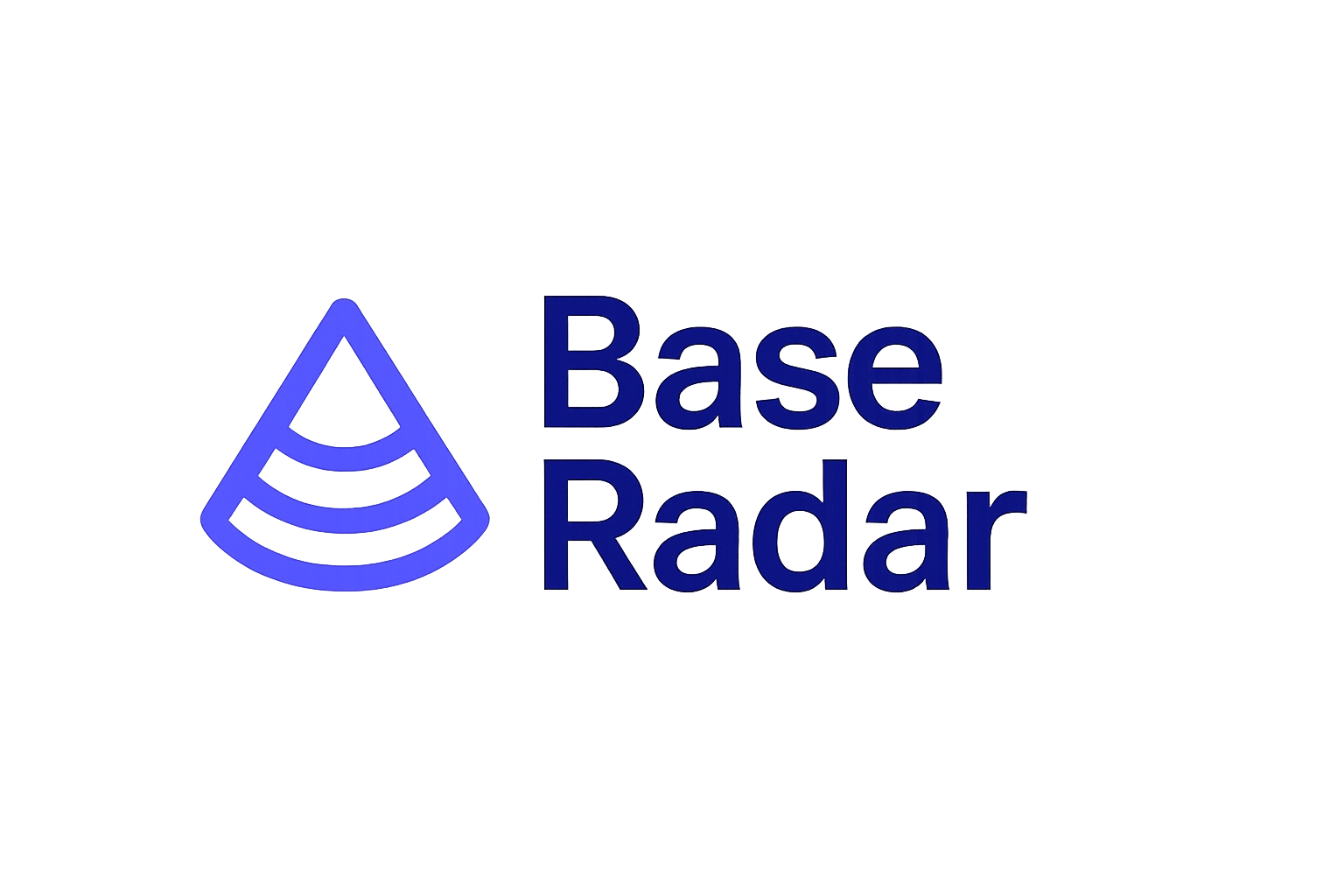
Bridging Ethereum (ETH) to Base Chain in 2025 is a critical move for traders and DeFi users seeking lower fees and higher transaction throughput without sacrificing Ethereum’s robust security. With ETH currently trading at $3,175.25, the demand for efficient Layer 2 solutions like Base has never been higher. This guide provides a technical, step-by-step walkthrough, leveraging the latest protocols and wallet integrations to help you safely bridge assets and unlock new opportunities within the Base ecosystem.

Why Bridge Ethereum to Base Chain in 2025?
Base Chain, incubated by Coinbase and built on Optimism’s OP Stack, has rapidly become one of the most liquid and developer-friendly Layer 2 networks. Bridging your ETH to Base allows you to:
- Reduce transaction costs: Gas fees on Base are consistently lower than on mainnet Ethereum.
- Access new dApps: Many protocols now launch first or exclusively on Base due to its scalability.
- Maintain security: As a rollup, Base inherits Ethereum’s settlement guarantees.
- Benefit from rapid innovation: The pace of new token launches, NFT drops, and DeFi primitives is accelerating on Base.
The process of bridging has also matured: leading bridges now offer near-instant settlements, improved routing for cost efficiency, and robust security audits. For an in-depth perspective on why users are moving liquidity to Layer 2s like Base in 2025, see this comprehensive technical guide.
Step 1: Configure Your Wallet for the Base Network
The first prerequisite is configuring your crypto wallet (MetaMask or equivalent) to recognize the Base network. This enables seamless interaction with dApps and bridges operating on Base Mainnet. Follow these steps:
- Open MetaMask and go to Settings and gt; Networks and gt; Add Network.
- Input these parameters exactly:
- Network Name: Base Mainnet
- New RPC URL: https://mainnet.base.org
- Chain ID: 8453
- Currency Symbol: ETH
- Block Explorer URL: https://basescan.org
This configuration ensures that once your assets arrive via bridge, you can view balances and transact natively on the Base chain.
Selecting an Optimal Bridge: Security, Speed, Fees
The next step in this Base chain bridging guide 2025: select a reputable bridge aggregator or protocol. The landscape now includes high-throughput options like Superbridge (an aggregator leveraging OP Standard Bridge), deBridge (known for instant low-cost transfers), as well as native solutions from projects such as PancakeSwap’s cross-chain module.
- Superbridge Aggregator Tutorial: Connect your wallet at Superbridge. app, select ‘From’ Ethereum and ‘To’ Base, specify ETH amount, confirm transaction, your funds typically arrive within minutes depending on congestion.
- PancakeSwap Cross-chain Bridge: Go to bridge. base. org/deposit for an intuitive UI with status tracking.
- deBridge Protocol: Offers fast bridging with real-time fee estimates, ideal for active traders moving significant capital between L1/L2.
No matter which route you choose when learning how to move ETH to Base, always verify URLs directly from project documentation or trusted sources. Phishing remains a risk in DeFi bridging operations.
The Role of Gas Fees at Current Market Prices ($3,175.25)
An often-overlooked consideration is gas fee optimization. With ETH’s price steady at $3,175.25, both L1 and L2 fees can fluctuate based on network demand. Ensure you hold enough ETH not only for the initial transfer but also for subsequent transactions once bridged onto Base, for example swapping tokens or interacting with DeFi protocols.
After your ETH arrives on Base, confirm the transaction both in your wallet and via a block explorer. BaseScan (basescan. org) is the canonical explorer for monitoring balances, verifying bridge receipts, and tracking all Layer 2 activity. This double-check is crucial for high-value transfers or when using new bridge protocols.
Troubleshooting and Advanced Tips
Occasionally, bridging may encounter delays or require additional confirmations. If your assets do not appear on Base after the expected time window:
- Review your transaction hash on both Etherscan (Ethereum L1) and BaseScan (Base L2). Ensure confirmations are final.
- Check bridge status pages: Many bridges display live updates or known issues affecting transfers.
- Contact support or community channels: Leading protocols maintain active Discords and Telegrams for real-time help.
If you plan to interact with DeFi on Base immediately after bridging, pre-approve tokens (like USDC or DAI) in your wallet to streamline participation in liquidity pools or swaps. For power users managing multiple chains, consider using a portfolio tracker that integrates with Base to monitor cross-chain positions at a glance.
Security Best Practices for Bridging to Base
The rapid evolution of cross-chain infrastructure has made bridging more secure but not risk-free. Here are essential precautions:
- Bookmark official bridge URLs: Only use links from official docs or reputable aggregators. Avoid clicking ads or sponsored search results when accessing bridges.
- Test with small amounts first: Especially when using a new protocol or during periods of high network volatility.
- Avoid multitasking during signing: Always verify destination chain and asset details before confirming transactions in MetaMask or Ledger.
- Keep software updated: Use the latest versions of wallets and browser extensions to reduce exposure to exploits targeting outdated software.
If you’re new to cross-chain operations, see our linked resource for a full walkthrough: step-by-step guide for beginners bridging Ethereum to Base.
What’s Next After Bridging? Opportunities on Base in Late 2025
The moment your ETH lands on Base unlocks access to an expanding universe of DeFi protocols, NFT platforms, memecoins native to Base, and yield opportunities unavailable elsewhere. With gas costs consistently lower than mainnet Ethereum (even at today’s price of $3,175.25), active traders can execute strategies like rapid swaps, liquidity provision, and options minting with improved capital efficiency.
The ecosystem is growing rapidly: projects launching on Base often incentivize early users with airdrops or exclusive yield campaigns. Stay alert for governance proposals and protocol upgrades that may impact how assets are bridged in the future, these can introduce new features such as instant exits back to Ethereum or support for additional tokens beyond ETH.

Key Takeaways: Efficiently Move ETH To Base Chain Now
- The process of bridging ETH has matured significantly, users benefit from faster settlements, lower fees, and improved security architecture compared to previous years.
- The current market price of ETH ($3,175.25) underscores the importance of optimizing gas usage when moving assets between layers.
- Avoid common pitfalls by verifying all steps, wallet configuration, bridge selection, transaction review, and start with small test transfers if unsure.
- Diversification across Layer 2s like Base positions you at the forefront of new token launches and DeFi primitives as they emerge in late 2025.
If you want more granular walkthroughs, including screenshots and user experiences, see our extended coverage here: step-by-step guide with visuals for bridging to Base.




